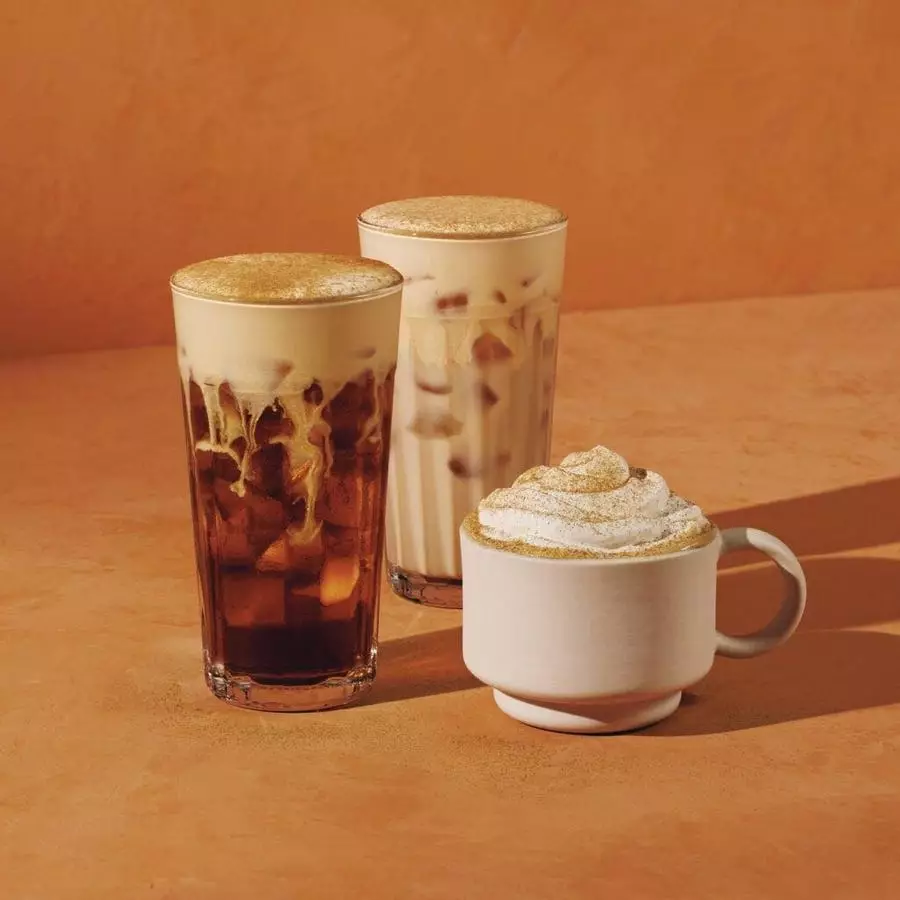Every year, as summer’s glow fades and the leaves prepare for transformation, Starbucks reignites its perennial tradition: the fall menu. This isn’t merely about offering seasonal flavors; it’s about cultivating a cultural phenomenon rooted in nostalgia and comfort. The Pumpkin Spice Latte, emerging over two decades ago, has transcended its identity as a mere beverage to become a symbol of seasonal transition. Its consistent return signals a collective embrace of familiarity during uncertain times, giving consumers a sense of stability. The ritual of awaiting the release, checking apps early, and navigating store schedules cultivates community and anticipation. In a world of fleeting trends and rapid change, these rituals anchor us to consistent, comforting experiences—asserting that amidst chaos, some traditions are sacrosanct.
Dissecting Starbucks’ Menu Dynamics: What’s New, What’s Missing?
Starbucks’ seasonal menu rollout offers a fascinating glimpse into their strategic brand management. This year, returning favorites such as the Pumpkin Spice Latte and Pumpkin Cream Cold Brew reaffirm the brand’s recognition of what consumers crave—predictability with a dash of novelty. The addition of new items like the Pecan Oatmilk Cortado and Italian Sausage Egg Bites illustrates an attempt to diversify while still playing within familiar flavors. But what sparks the most buzz—and disappointment—is what’s left out. The conspicuous absence of the Apple Crisp Oatmilk Macchiato unveils tensions between innovation and tradition. Fans have come to associate that drink with fall’s aroma-rich experience, and its sudden disappearance feels like erasing part of their personal ritual. This absence underscores how powerful these seasonal offerings are; they’re more than menu items—they are emotional anchors, and their loss invites feelings of frustration and even loss of control during a season meant for cozy consistency.
The Power of Design: How Availability and Internal Mechanics Influence Seasonal Adoption
Starbucks’ timetable for launching its seasonal menu reveals a deeper operational narrative. The timing, dictated by digital synchronization rather than traditional chalkboards or physical displays, highlights how technology shapes consumer experience. The early appearance of fall drinks via mobile app before in-store boards signals a shift toward digital dominance, influencing the pace and pattern of consumer engagement. For dedicated fans, checking the app after 5 a.m. becomes a daily ritual—one that blends anticipation with the thrill of being among the first to indulge in seasonal delights. It also reveals ongoing challenges; regional differences, such as airport stores or licensed locations, create inconsistencies in availability, demanding customers remain adaptable. These nuances underline just how much the ritual of seasonal coffee consumption depends on a complex dance between operational logistics and digital innovation.
The Cultural Impact of Limited-Edition Fall Drinks
Starbucks’ fall lineup goes beyond indulgence; it shapes a collective cultural landscape where flavors become signifiers of the season. The Pumpkin Spice Latte isn’t just a beverage—it’s a cultural icon, a “cozy” badge worn proudly by consumers seeking comfort amid economic uncertainty and social upheaval. The early surge in foot traffic on launch days—up 24% last year—attests to the drink’s role as a social ritual, a pilgrimage of sorts. Such spikes demonstrate how these limited editions fuel consumer behavior, turning routine coffee visits into celebratory events. The seasonal choices forge an identity rooted in shared experiences and collective memories, acting as a unifying thread in a fragmenting world. When one flavor or feature is missing, the void isn’t just a menu gap but a disruption of personal and cultural rituals that many hold dear.
The Emotional Weight of Seasonal Absences and Surprises
The missing Apple Crisp Oatmilk Macchiato underscores a broader truth: seasonal menus are emotional contracts. These expected releases create a sense of continuity, a predictable rhythm that consumers count on annually. When a favored drink is absent, it triggers disappointment—equivalent to losing a chapter of a beloved tradition. This isn’t just about flavor but about emotional security; the seasonal menu becomes a kind of ritual therapy, offering moments of joy during what can be a bleak period. Conversely, surprises or late additions, such as the possibility of a second wave of releases, keep this ritual alive, encouraging ongoing engagement and conversation. Starbucks’ careful choreography of product launch dates, synchronized with app updates and regional schedules, exemplifies how deeply intertwined these routines are with our collective seasonal identity.
The Unbreakable Connection Between Rituals and Consumer Loyalty
These seasonal practices reinforce brand loyalty beyond mere product quality. The Pumpkin Spice Latte, as an emblem of fall, embodies a ritualistic act that solidifies customer allegiance. In times of financial strain or societal stress, these predictable moments become anchors, offering a sense of control and familiarity. Starbucks capitalizes on this emotional attachment, channeling consumer anticipation into increased foot traffic and sales, as evidenced by last year’s launch day surging ahead of typical Thursdays. This ritualistic behavior transforms a simple coffee run into a collective act of celebration, reaffirming a personal and cultural connection with the brand. In a broader context, Starbucks demonstrates how rituals—simple as they may seem—carry profound power to forge enduring customer relationships and shape seasonal identities that persist year after year.

